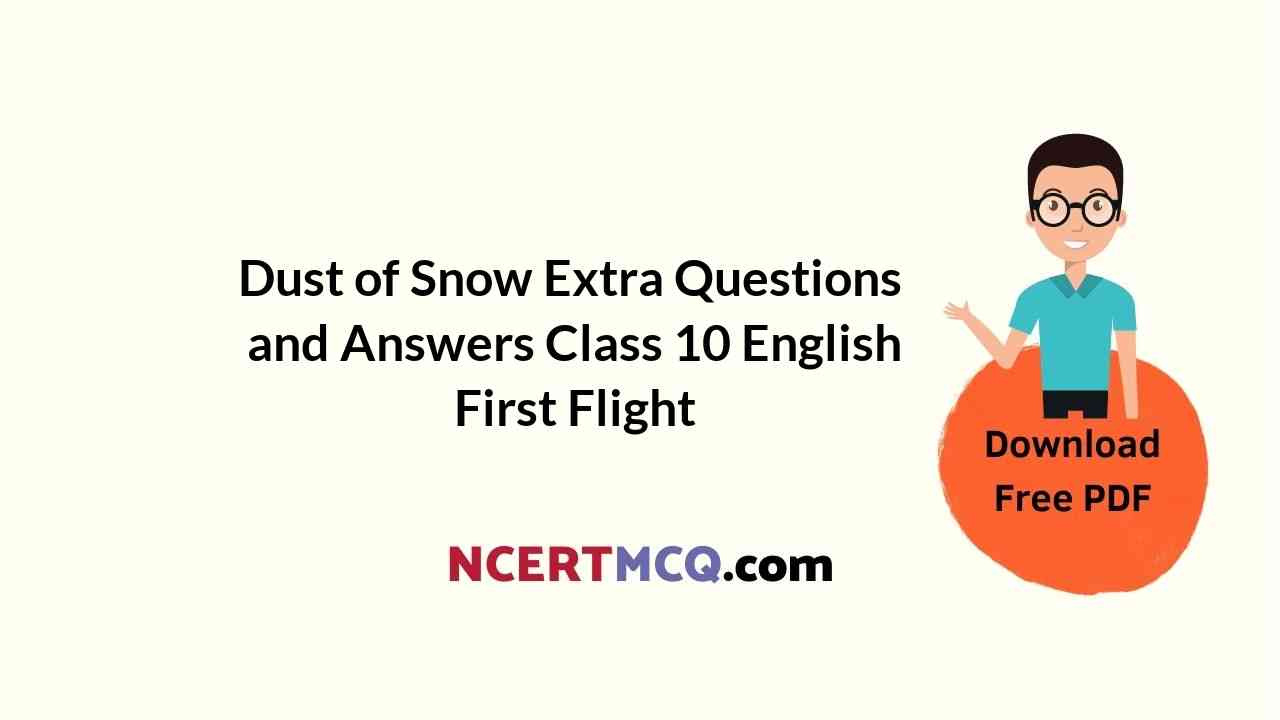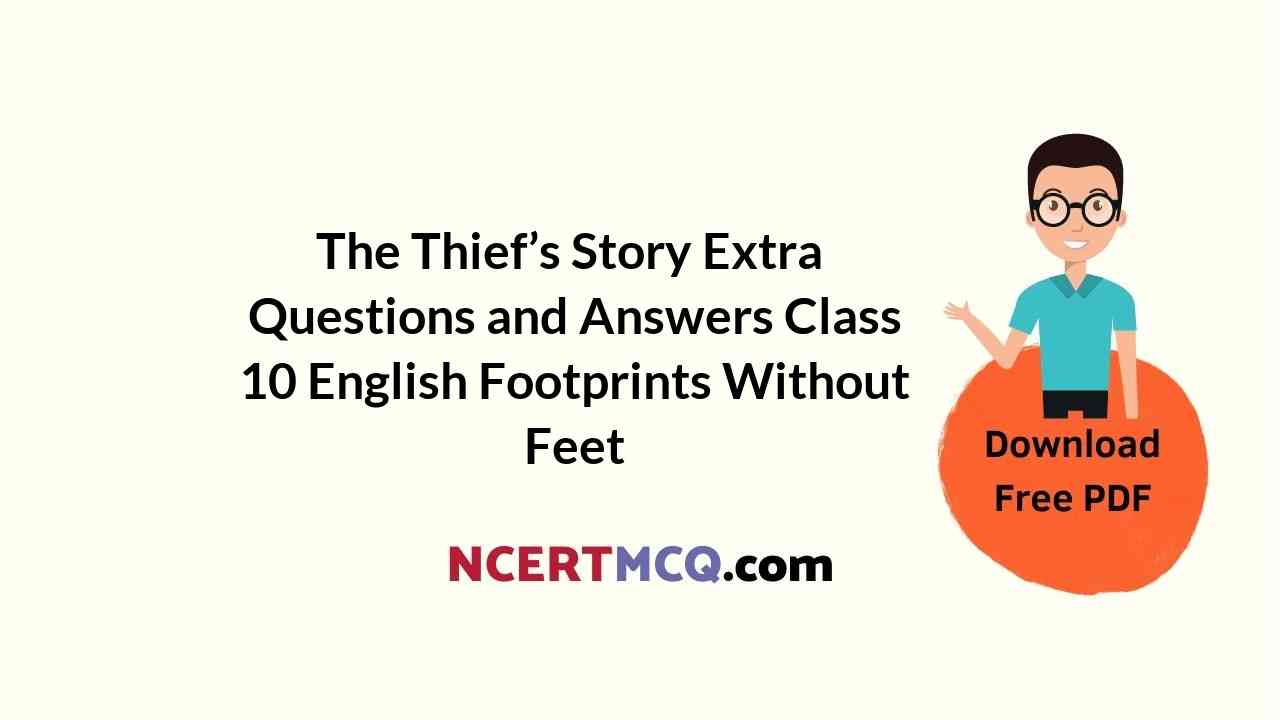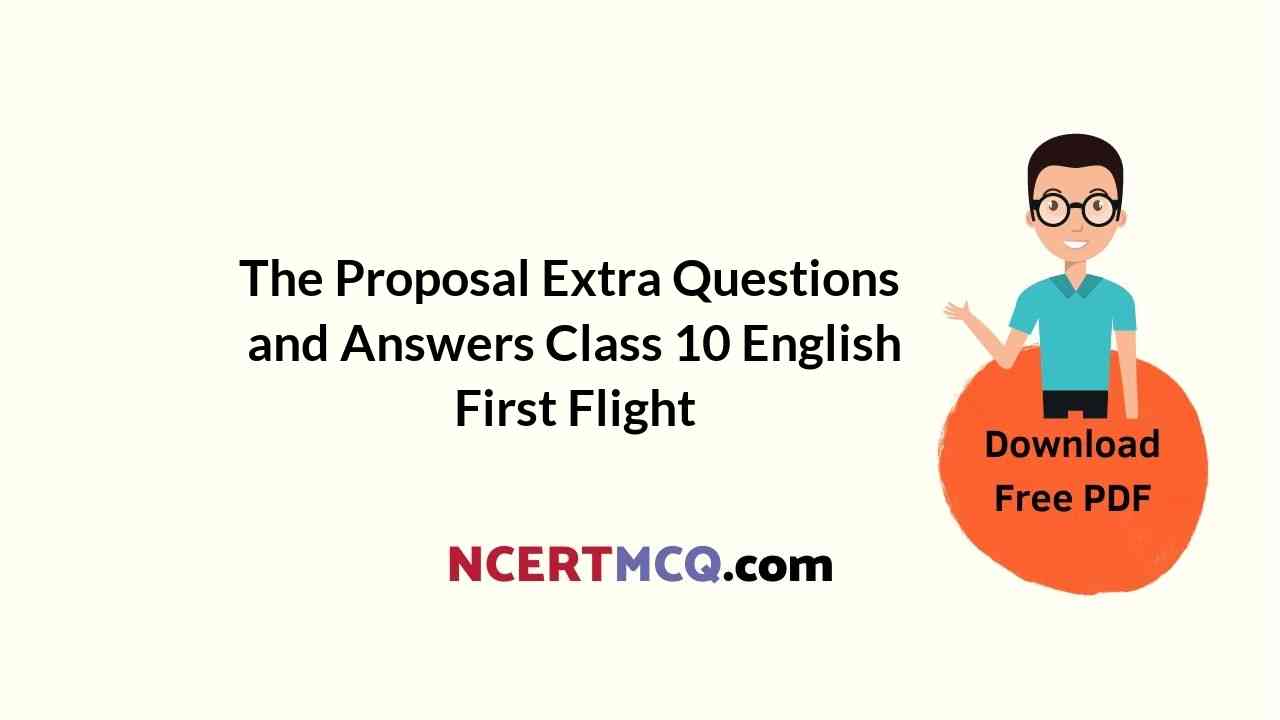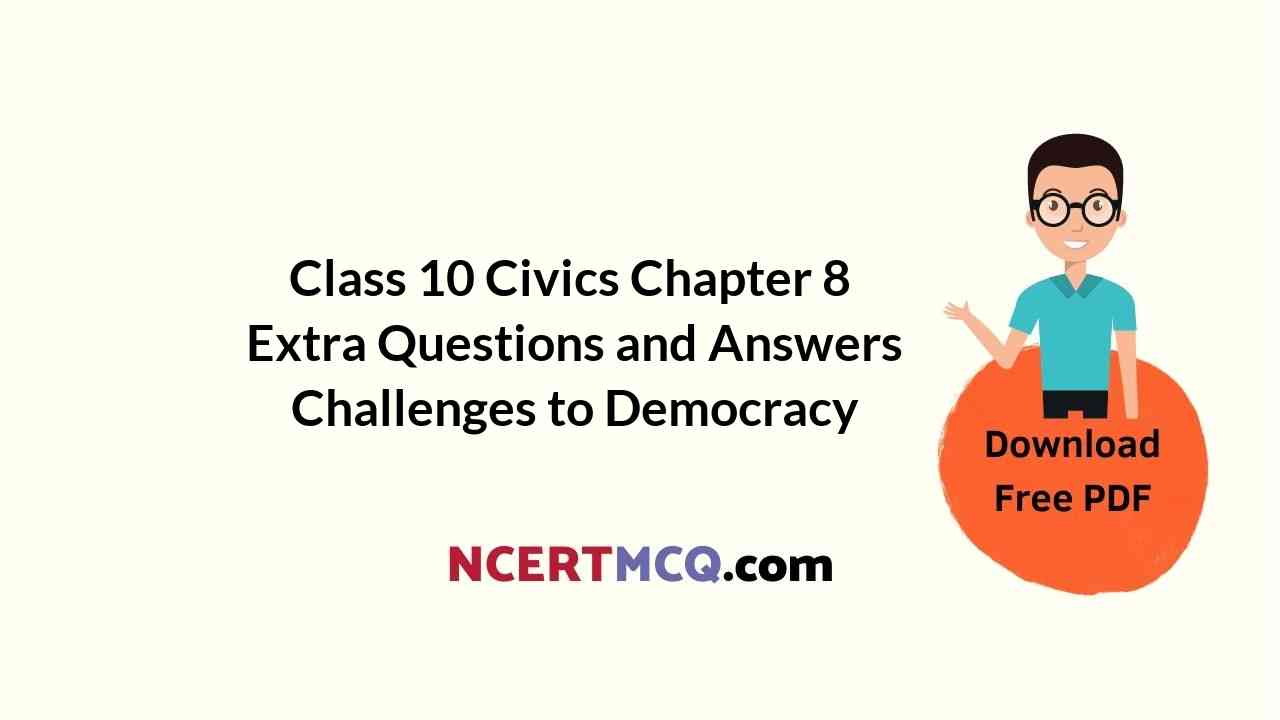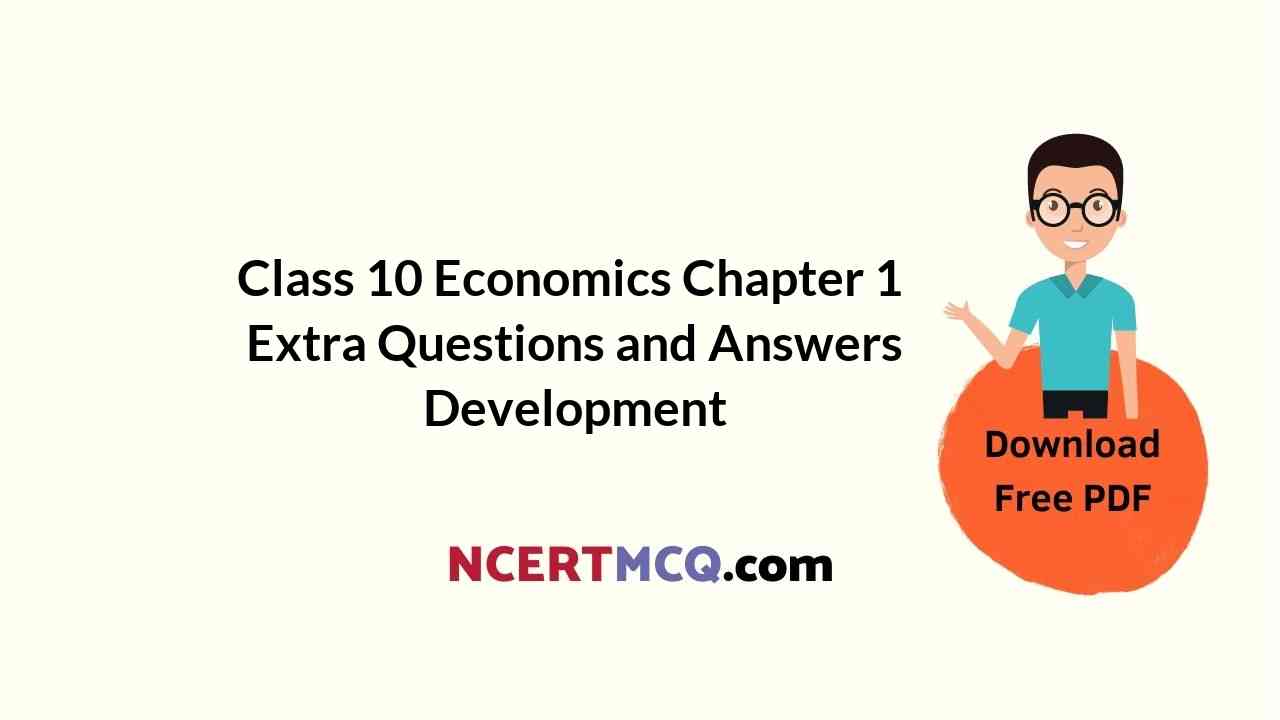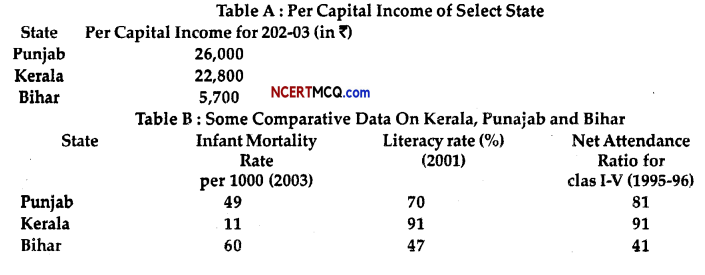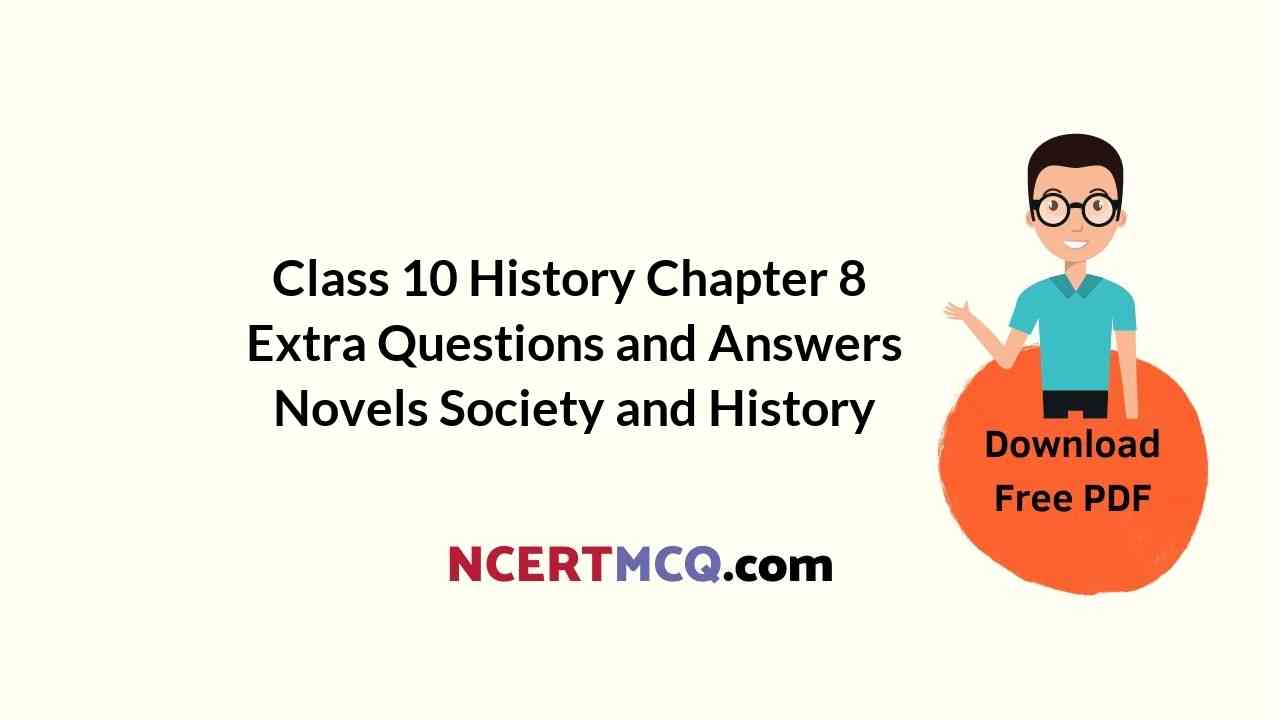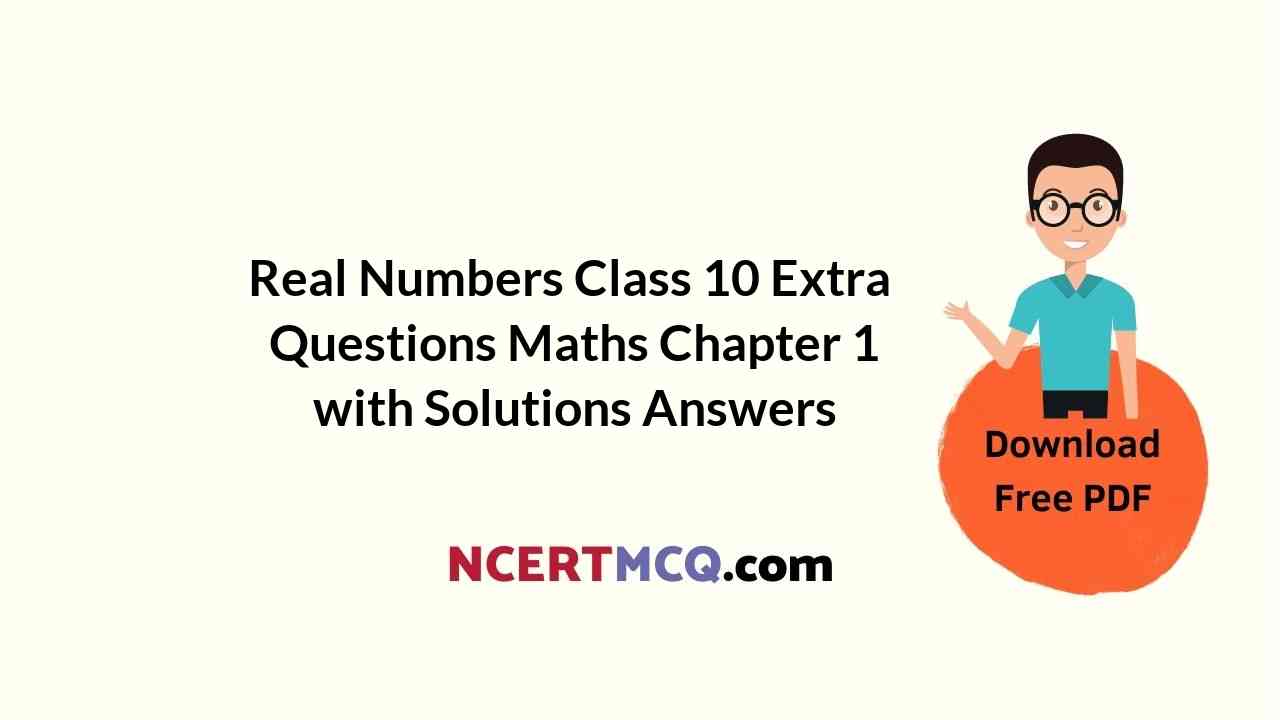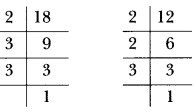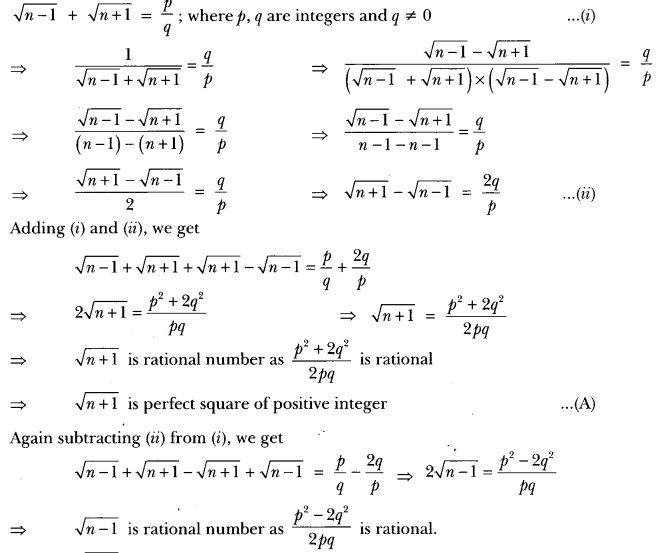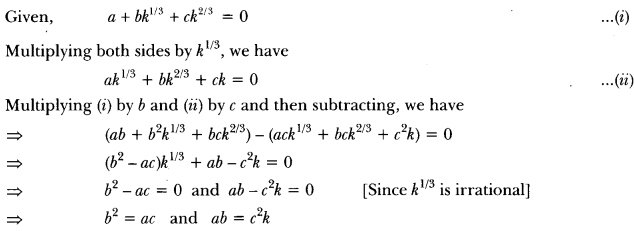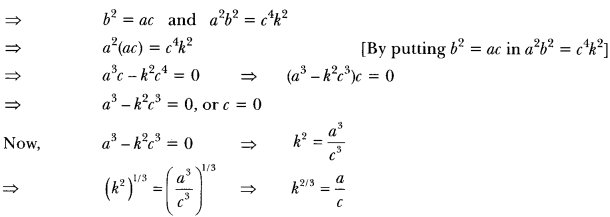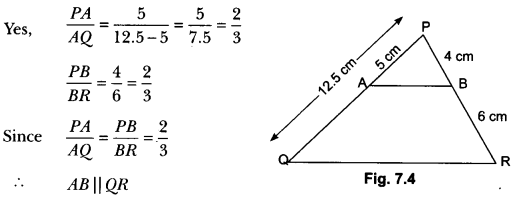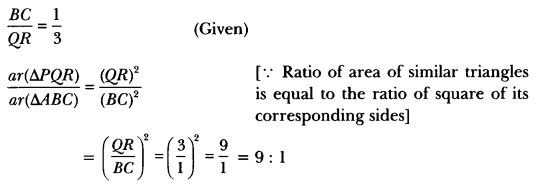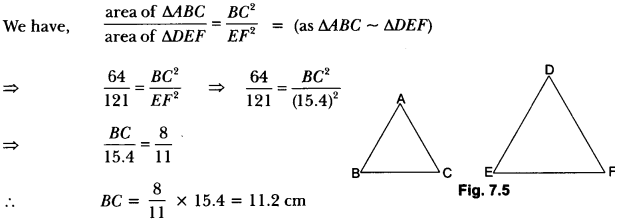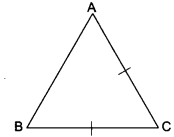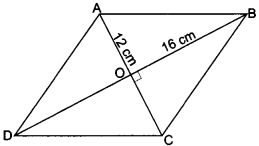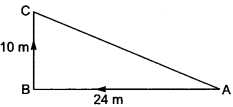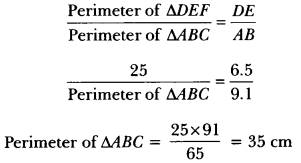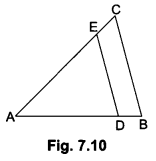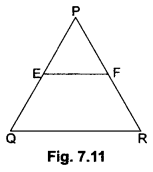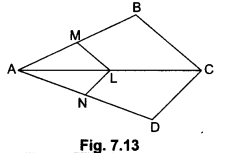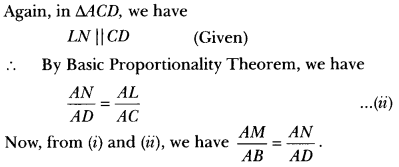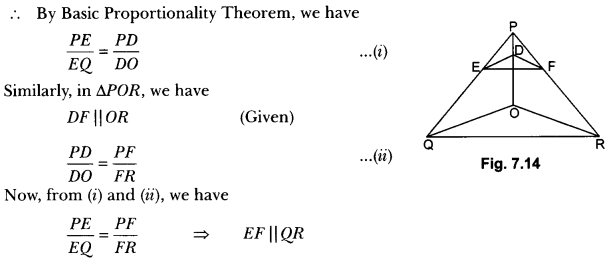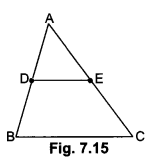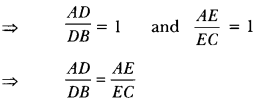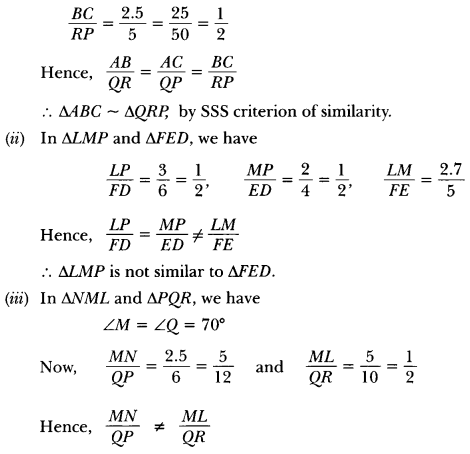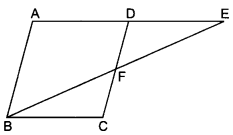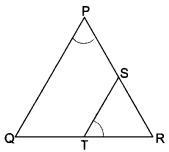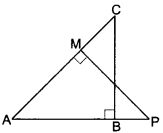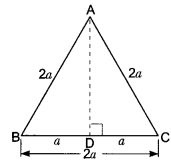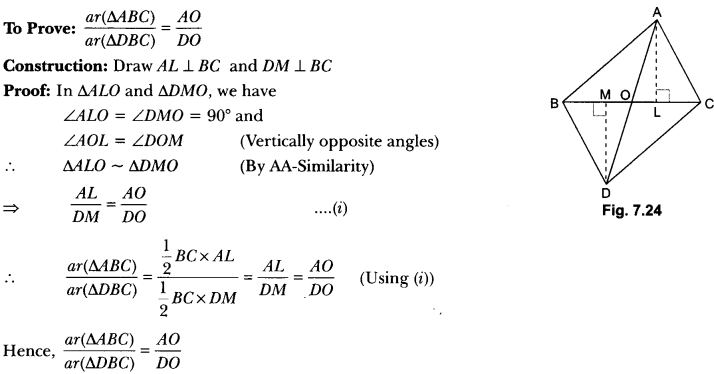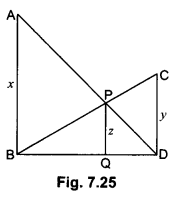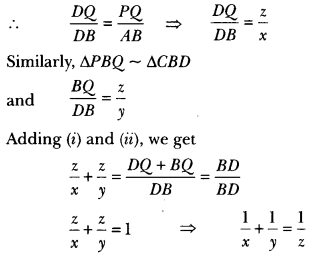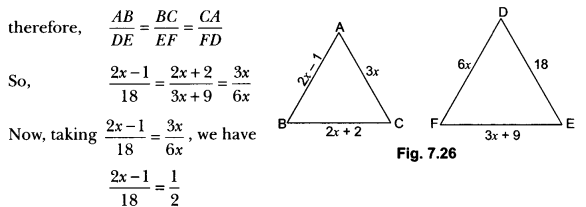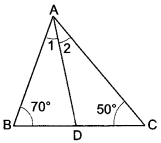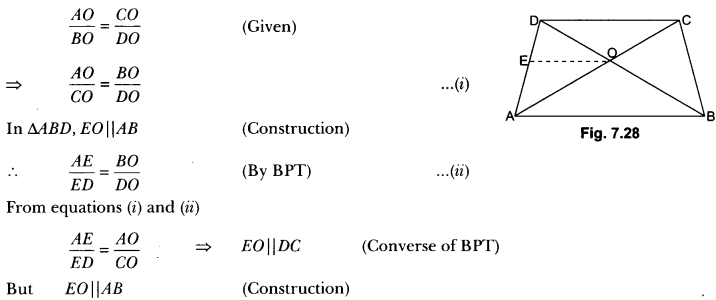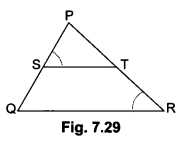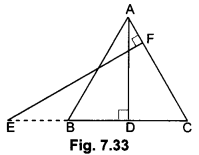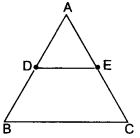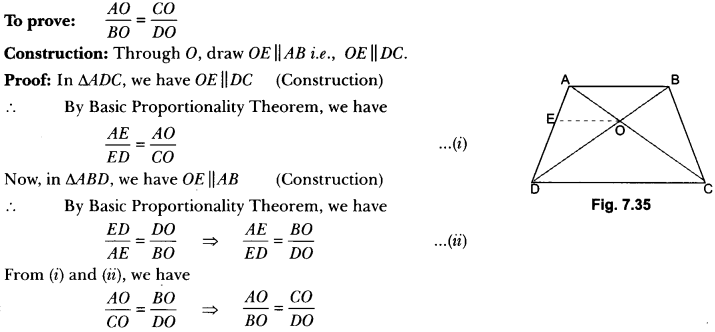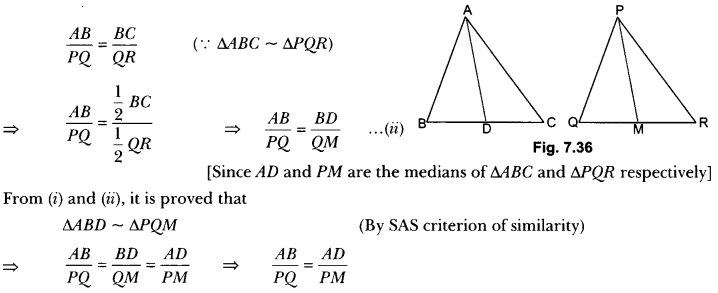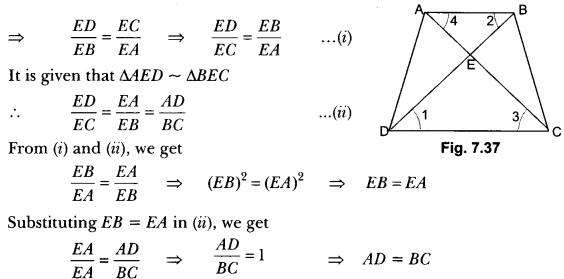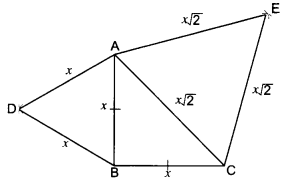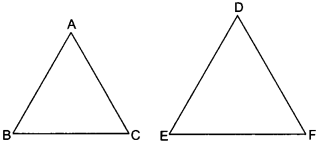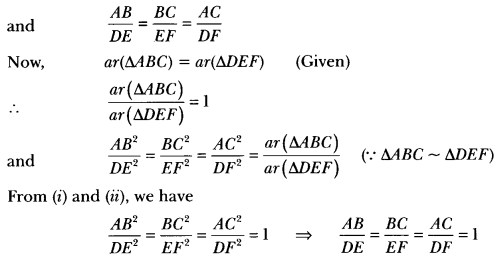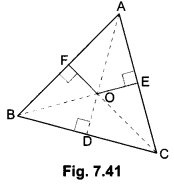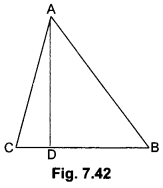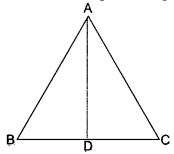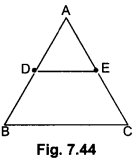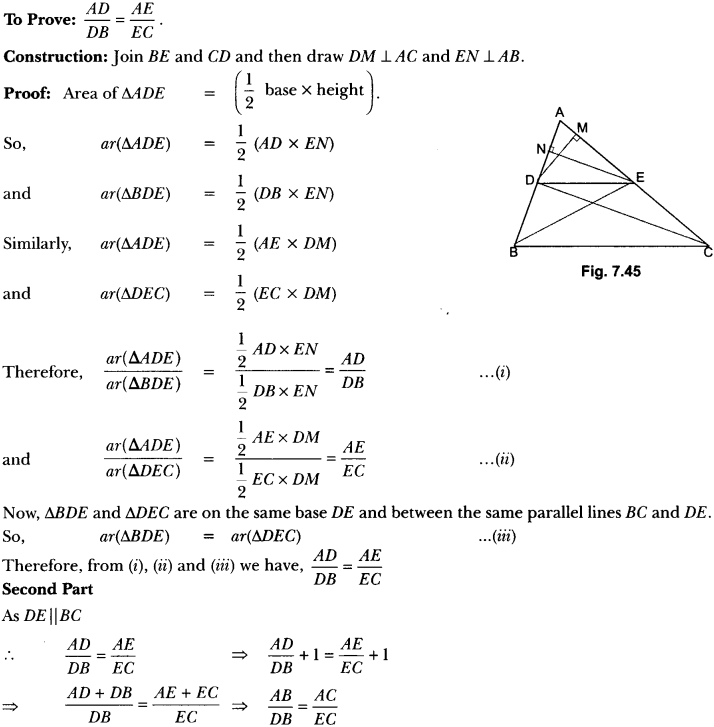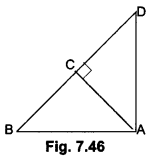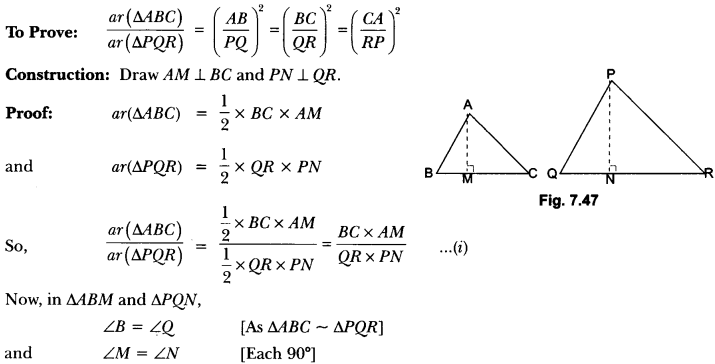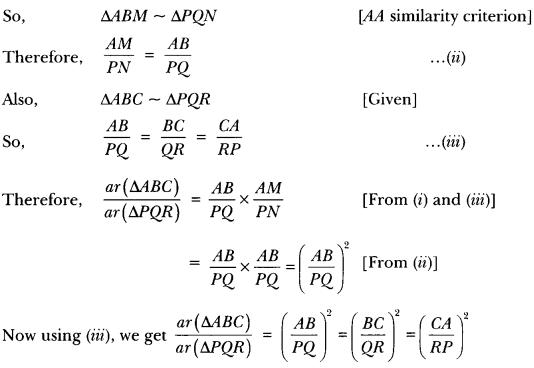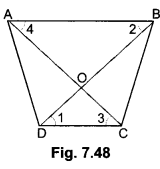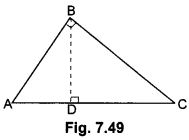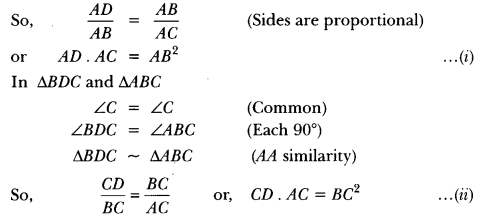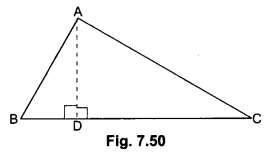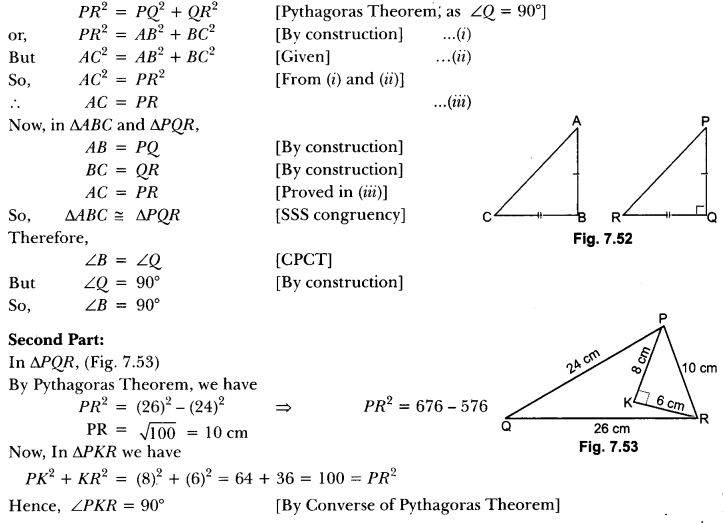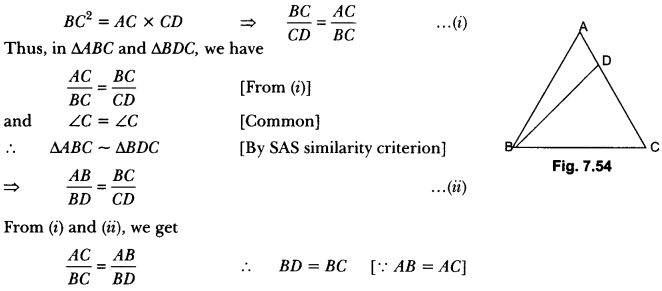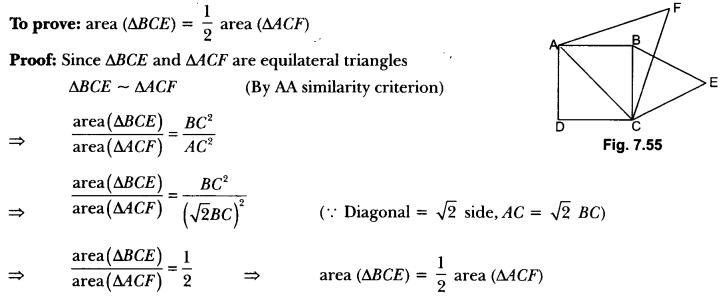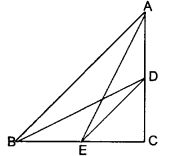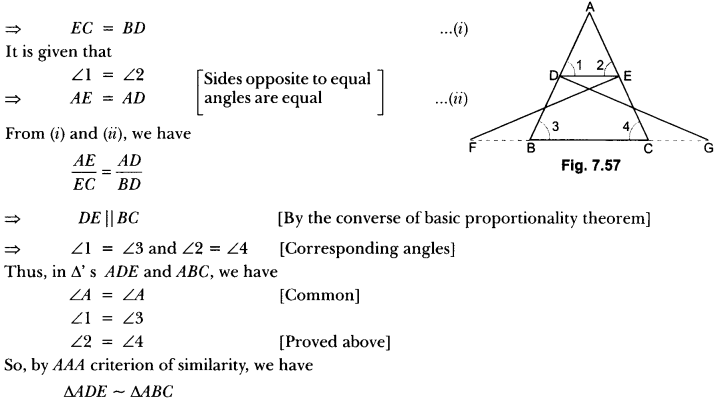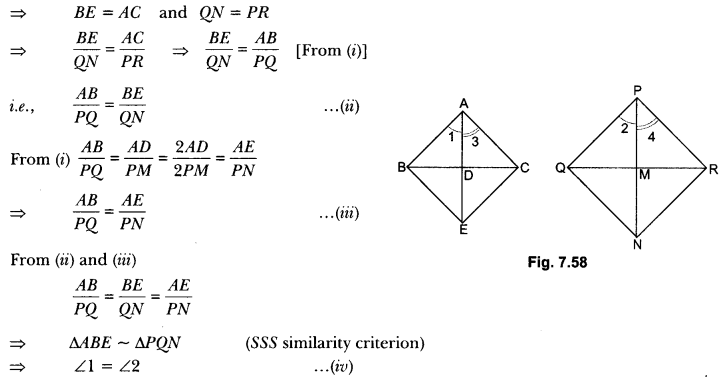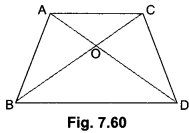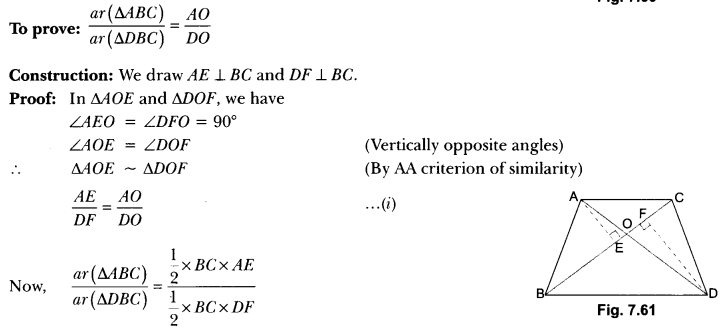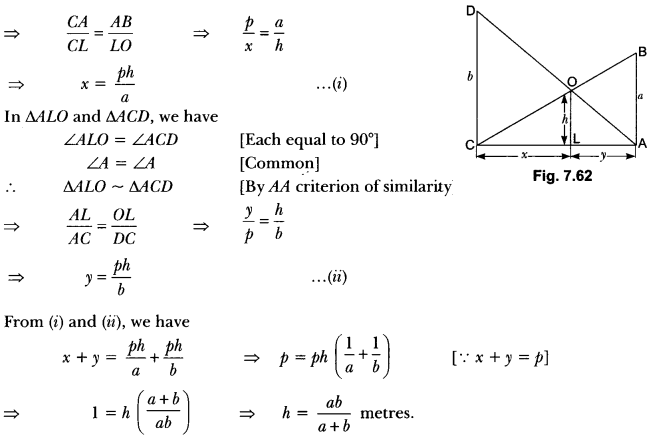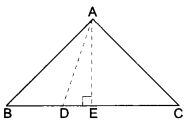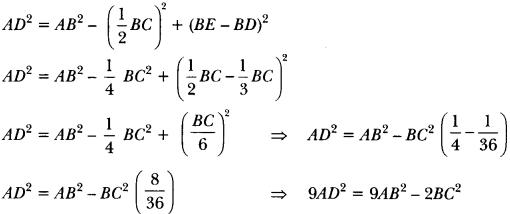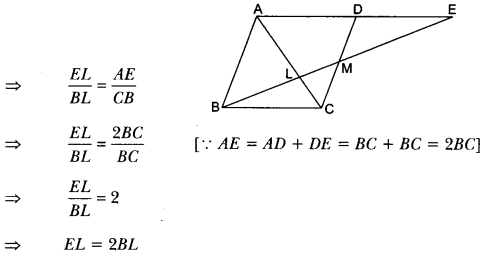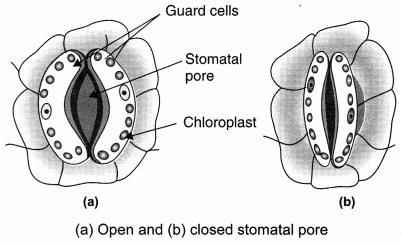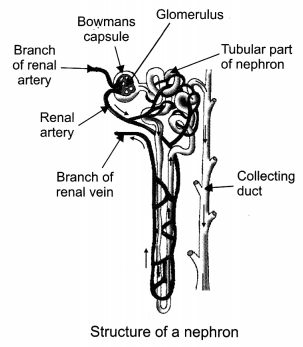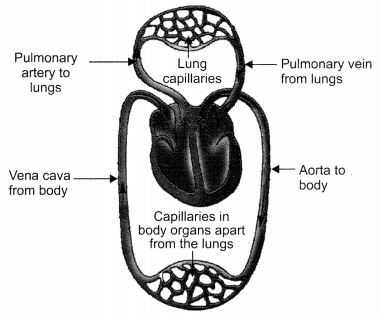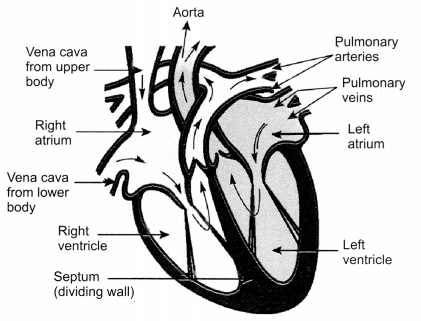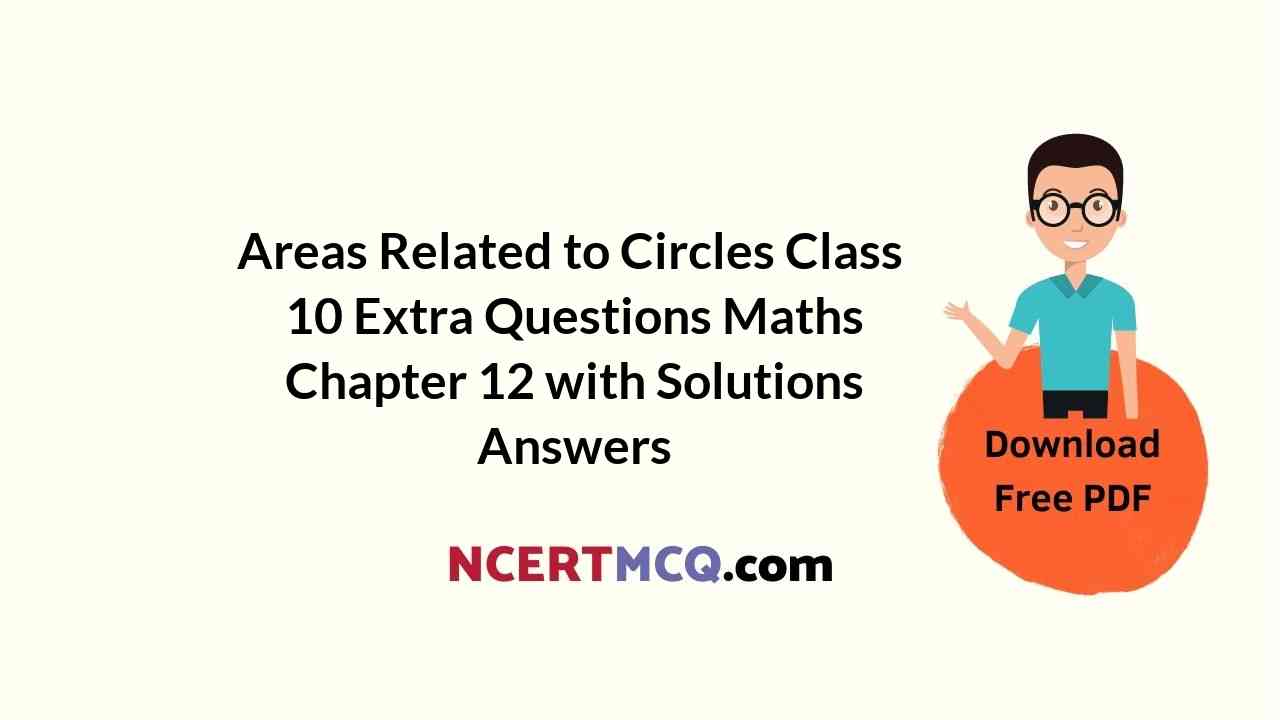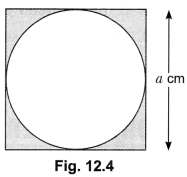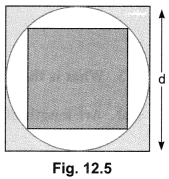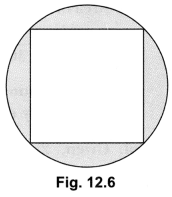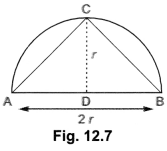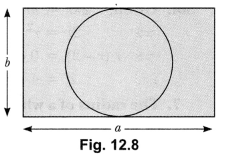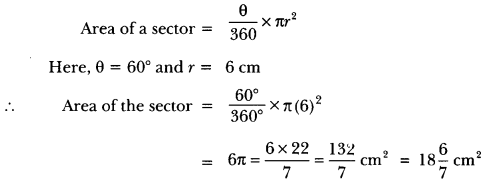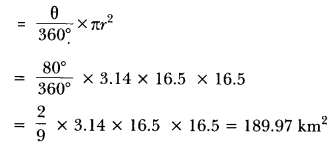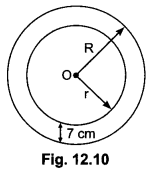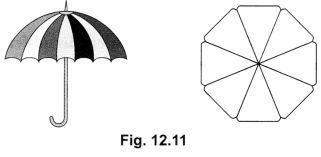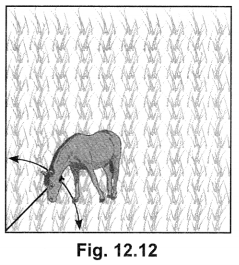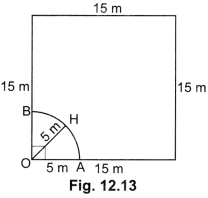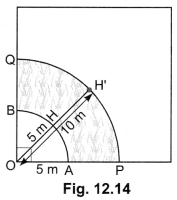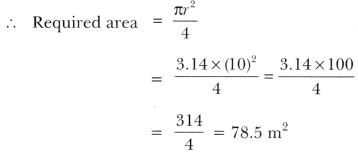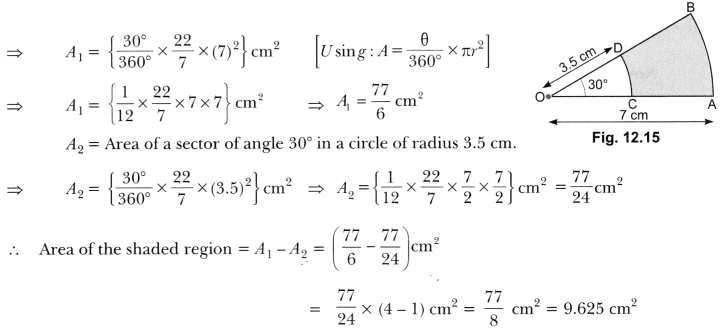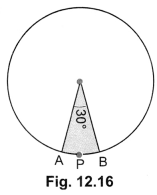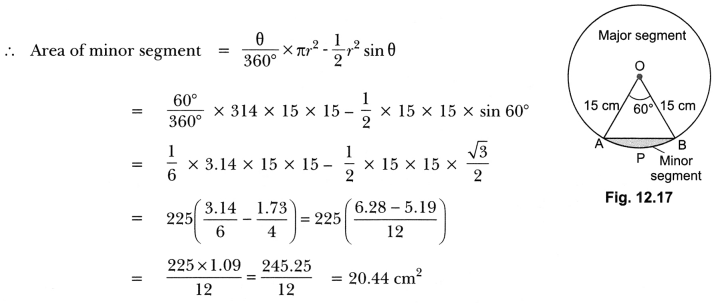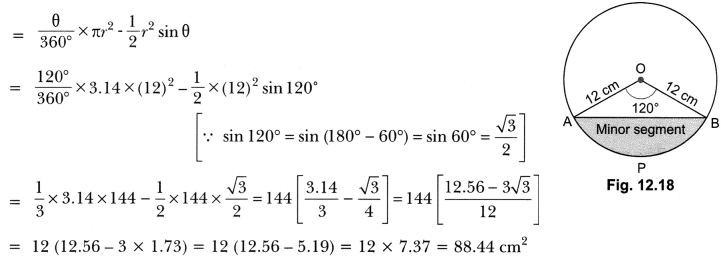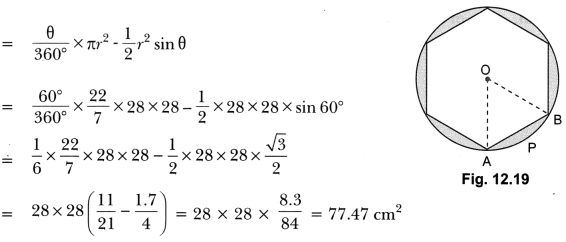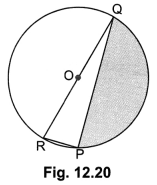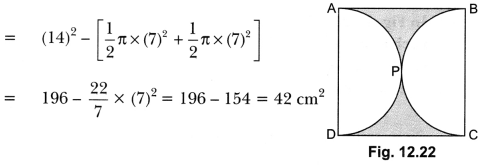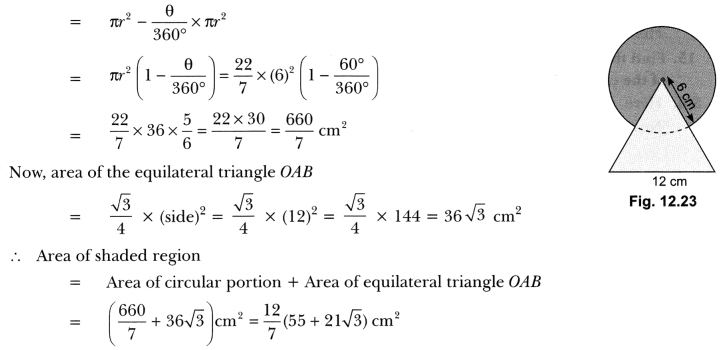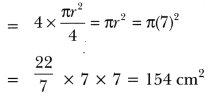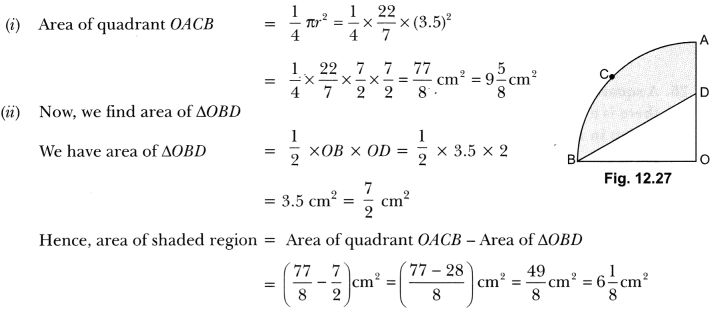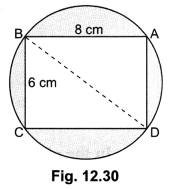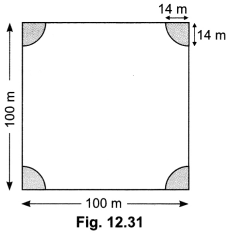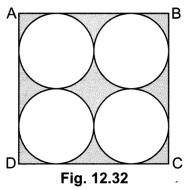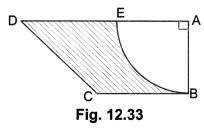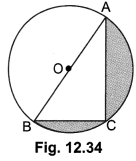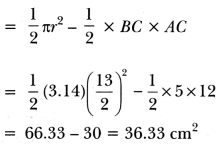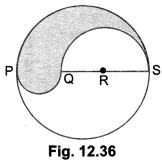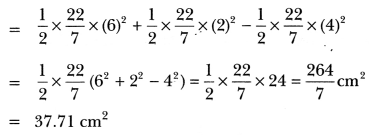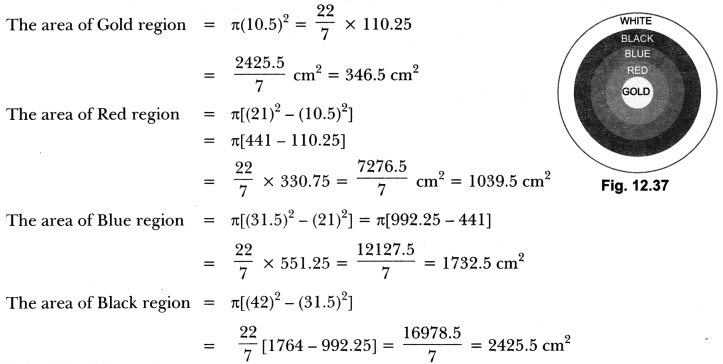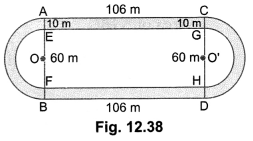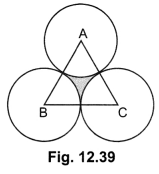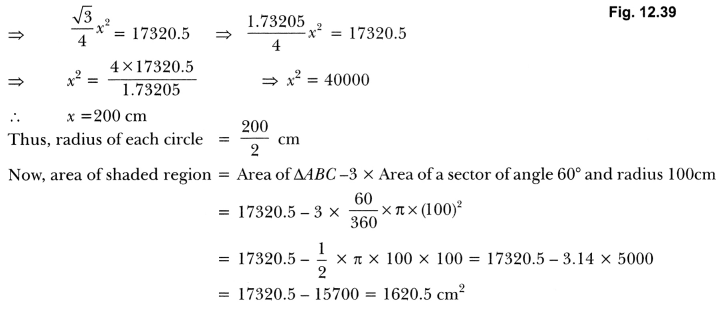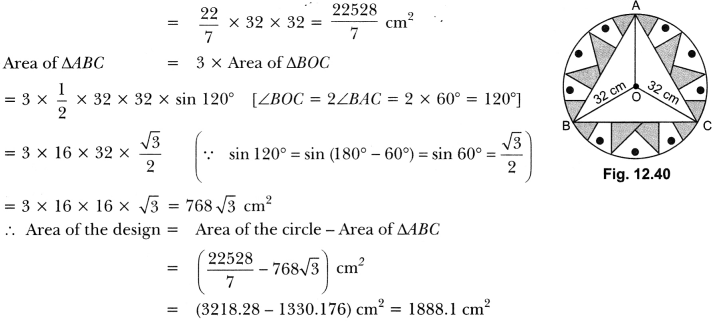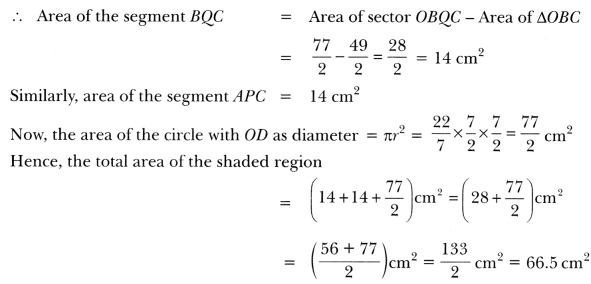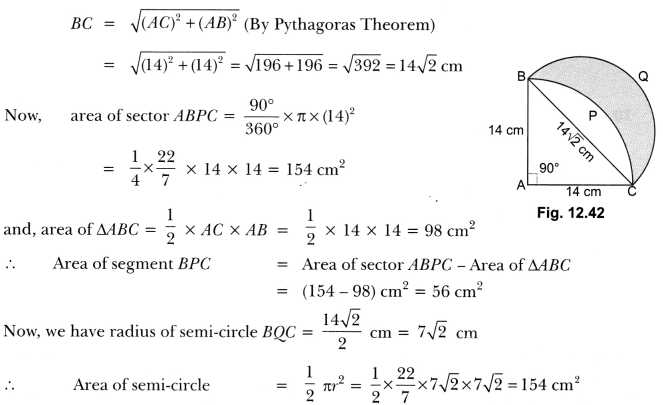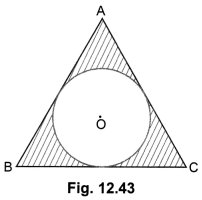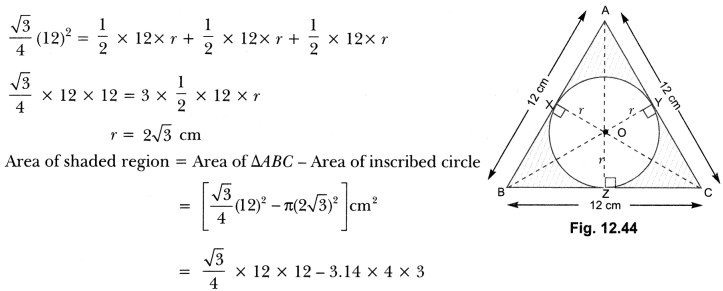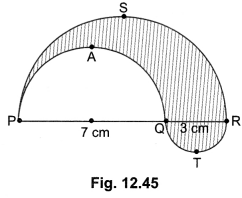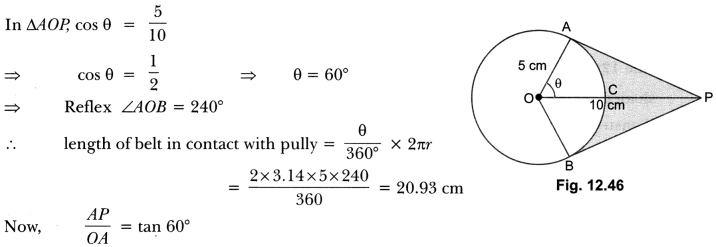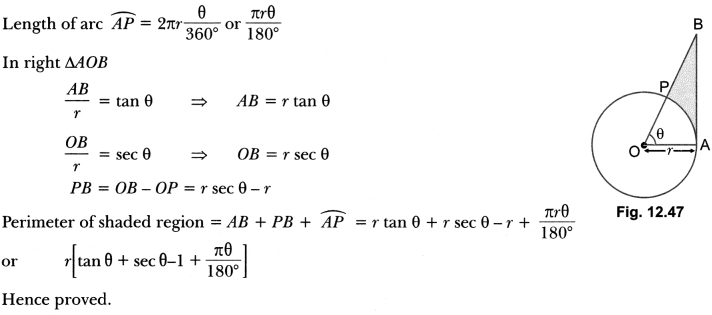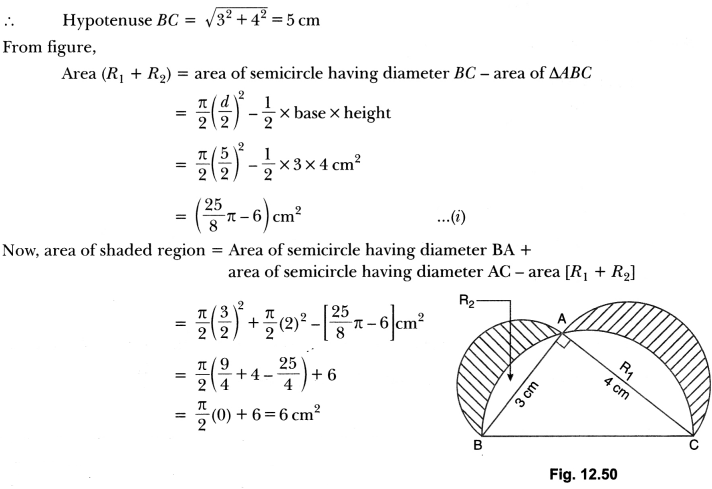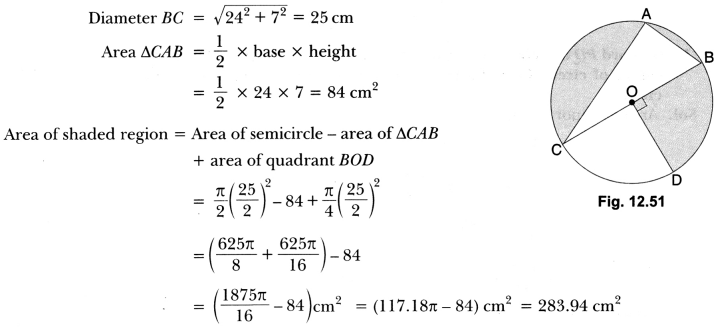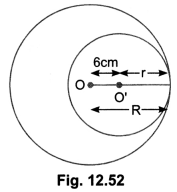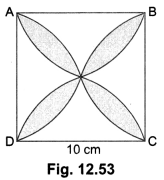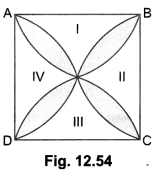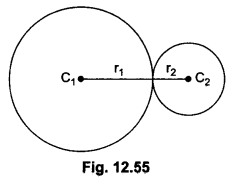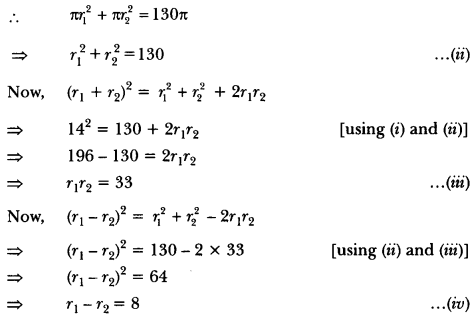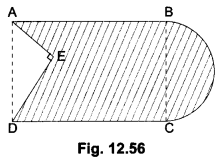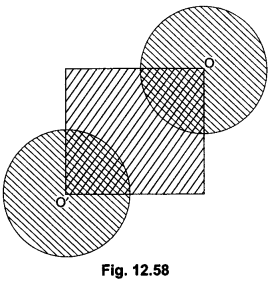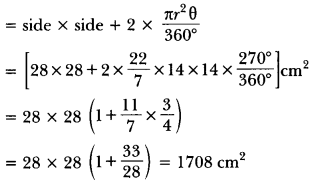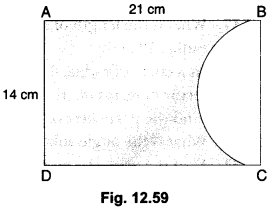Here we are providing Dust of Snow Extra Questions and Answers Class 10 English First Flight, Extra Questions for Class 10 English was designed by subject expert teachers. https://ncertmcq.com/extra-questions-for-class-10-english/
Dust of Snow Extra Questions and Answers Class 10 English First Flight
Dust of Snow Extra Questions and Answers Short Answer Type
Dust Of Snow Extra Questions Question 1.
How did the crow change the poet’s mood?
Answer:
The poet was going somewhere in a snowy morning. He was upset. All the trees were covered with snow dust. A crow sitting on a hemlock tree shook the tree in such a way that some dust of snow fell on the poet. This changed his mood and he became happy and relaxed.
Dust Of Snow Class 10 Extra Questions Question 2.
What was the reaction of the poet when the dust of snow fell on him?
Answer:
Normally, people thought both crow and hemlock tree are auspicious. But when the dust of snow from hemlock tree fell on poet, he took it in other way. He was depressed and sorrowful but the moment the crow shook the hemlock tree and dust of snow fell on him, he felt unburdened and relieved.
Dust Of Snow Extra Question Answer Question 3.
How does the poet react to crow and hemlock tree?
Answer:
Crow and hemlock tree are considered inauspicious in the west. They are generally taken /is bad omen. But the poet did not take them in negative way. They saved his day. His negative outlook changed to the positive one.
Dust Of Snow Class 10 Extra Questions And Answers Question 4.
What made the poet change his mood?
Answer:
A crow on the hemlock tree shook down the dust of snow on the poet. The falling dust of snow on the poet has changed his mood.
Extra Questions Of Dust Of Snow Question 5.
Why does the poet feel that he has saved some part of the day?
Answer:
Crow shook down the dust of snow on the poet. Both crow and hemlock tree are considered inauspicious. The falling of dust of snow from hemlock tree is bad omen. But the poet took it in a positive way. He found himself relieved from sorrow after this incident. Now he could use his entire day in a fruitful way.
Dust Of Snow Important Questions Question 6.
Simple moment proves to be very significant and saves rest of the day of poet from being wasted. Explain on the basis of the poem ‘Dust of Snow”.
Answer:
‘Dust of Snow’ is a beautiful poem written by Robert Frost. This poem conveys that even a simple moment has a large significance. The poet mentioned crow and hemlock tree in this poem. Crow signifies his depressive and sorrowful mood and hemlock tree is a poisonous tree. Both these signify that the poet was not in a good mood and so he describes the dark, depressive and bitter side of nature to present his similar mood.
The poet says that once he was in a sad, depressive mood and was sitting under a hemlock tree. A crow, sitting on the same tree, shook off the dust of snow, small particles of snow that remained on the surface after the snowfall, on the poet. This simple action changed the poet’s mood. He realised that he had just wasted a part of his day repenting and being lost in sorrow. But the change in his mood made him realise that he should utilize the rest of the day in some useful activity. His sorrow was washed away by the light shower of dust of snow. His spirit was revived and he got ready to utilize the rest of the day.
Dust Of Snow Class 10 Questions And Answers Question 7.
The poet was sad and depressed. But one comical incident lifts his spirits. He is full of joy and happiness again. Based on your reading of the poem, write a paragraph on the topic – Happiness is relative.
Answer:
No one is always happy. It is just a passing phase of one’s life. It varies from time to time and place to place. It depends on certain people who you are close to. There are times when we are extremely happy or sorrowful. In most circumstances, our happiness is decided l>y certain moments in our life. Some light moments can really enliven our mood. The actions of our friends can make us happy or sometimes sorrowful. We must also realize that on every cloud there is a silver lining. This means that every sorrowful moment is followed by a period of joy and happiness.
Dust Of Snow Question Answer Question 8.
What do the ‘Hemlock’ tree and ‘Crow’ represent? What does the dust of snow metaphorically stand for ?
Answer:
The poet was going somewhere in a snowy morning. He was upset. All the trees were covered with snow dust. A crow sitting on a hemlock tree shook the tree in such a way that some dust of snow fell on the poet. This changed his mood and he became happy and relaxed.
Dust Of Snow Short Question Answer Question 9.
Narrate a similar experience of your life when nature intervened and changed your mood. Discuss.
Answer:
Normally, people thought both crow and hemlock tree are auspicious. But when the dust of snow from hemlock tree fell on poet, he took it in other way. He was depressed and sorrowful but the moment the crow shook the hemlock tree and dust of snow fell on him, he felt unburdened and relieved.
Dust Of Snow Extra Questions And Answers Question 10.
What is a “Dust of Snow”? What does the poet say has changed his mood? How has the poet’s mood changed?
Answer:
A ‘Dust of Snow” means the fine particles of snow. This ‘Dust of Snow” changed the poet’s mood. The poet’s mood changed from that of dismay to joy. He was holding the day in regret when this dust of snow fell on him and this simple little thing brought him some joy.
Class 10 Dust Of Snow Extra Questions Question 11.
How does Frost present nature in this poem? The following questions may help you to think of an answer.
(i) What are the birds that are usually named in poems? Do you think a crow is often mentioned in poems? What images come to your mind when you think of a crow?
(ii) Again, what is “a hemlock tree”? Why doesn’t the poet write about a more ‘beautiful’ tree such as
a maple, or an oak, or a pine?
(iii) What do the ‘crow’ and ‘hemlock’ represent—joy or sorrow? What does the dust of snow that the crow shakes off a hemlock tree stand for?
Answer:
Robert Frost has represented nature in quite an unconventional manner. While in other nature poems we come across birds such as nightingales or sparrows, Frost has used a crow in this poem. A crow can be associated with something dark, black, and foreboding. That is why, other poets usually mention singing nightingales or beautiful white doves in their poems.
Also, the poet has written about a hemlock tree, which is a poisonous tree. He has not written about a more beautiful tree such as a maple, an oak or a pine tree because these trees symbolize beauty and happiness. Robert Frost wanted to symbolize the feelings of sadness and regret, which is why he has used a hemlock tree.
The crow and the hemlock tree represent sorrow. The dust of snow that is shaken off the hemlock tree by the crow stands for joy that Robert Frost experiences. He has, therefore, used an unconventional tree and bird in order to contrast them with joy in the form of snow.
Class 10 English Dust Of Snow Extra Questions Question 12
Have there been times when you felt depressed or hopeless? Have you experienced a similar moment that changed your mood that day?
Answer:
The teacher may encourage the students to narrate any incident that changed their mood e.g. a sight of dead animal, a scene of accident, treatment of some animals on the way, a funeral procession, etc.
Dust of Snow Extra Questions and Answers Reference to Context
Read the stanza and answer the questions that follow:
Question 1.
The way a crow
Shook down on me
The dust of snow
From a hemlock tree.
(i) Name the poem and poet.
(ii) Where was the crow?
(iii) What did the crow do?
(iv) What does a “hemlock tree’ represent?
Answer:
(i) These lines have been taken from the poem “Dust of Snow” composed by Robert Frost.
(ii) The crow was on the hemlock tree.
(iii) The crow shook the tree is such a way that the dust of snow fell on the poet.
(iv) A hemlock tree is a poisonous tree. It is not considered auspicious. It represents sorrow.
Question 2.
Has given my heart
A change of mood
And saved some part
Of a day I had rued.
(i) Who is ‘I’ in these lines
(ii) What changed the mood of the poet?
(iii) What did the poet decide?
(iv) What was the mood of the poet before and after the incident?
Answer:
(i) ‘I’is the poet himself here.
(ii) The poet’s mood changed when the dust of snow from the hemlock tree fell down on the poet.
(iii) The poet decided to save rest of the day so that there is no harm or sorrow for him.
(iv) The poet was in depressive mood before the incident and after the incident the poet was in enjoyable mood.
